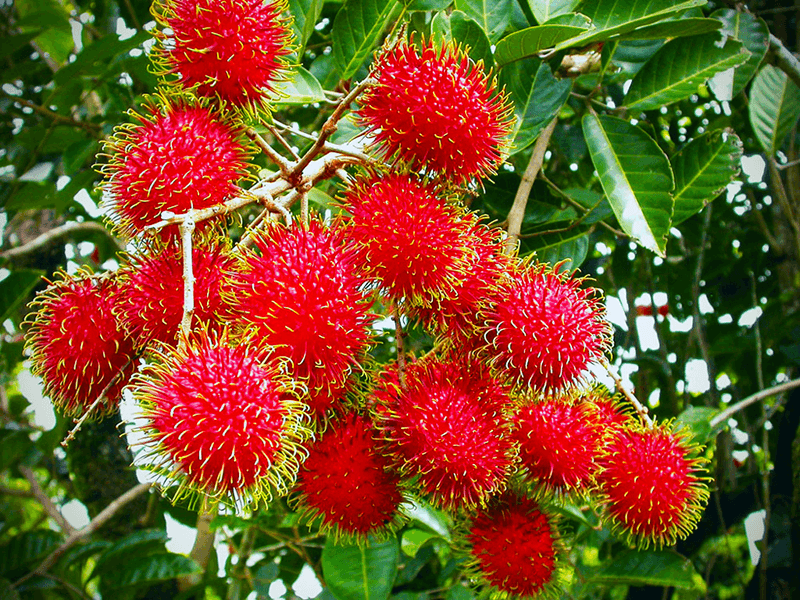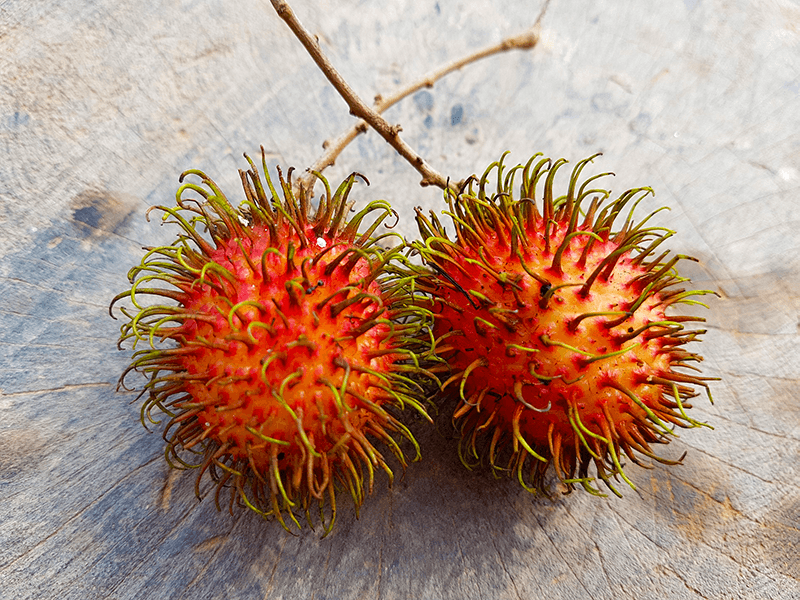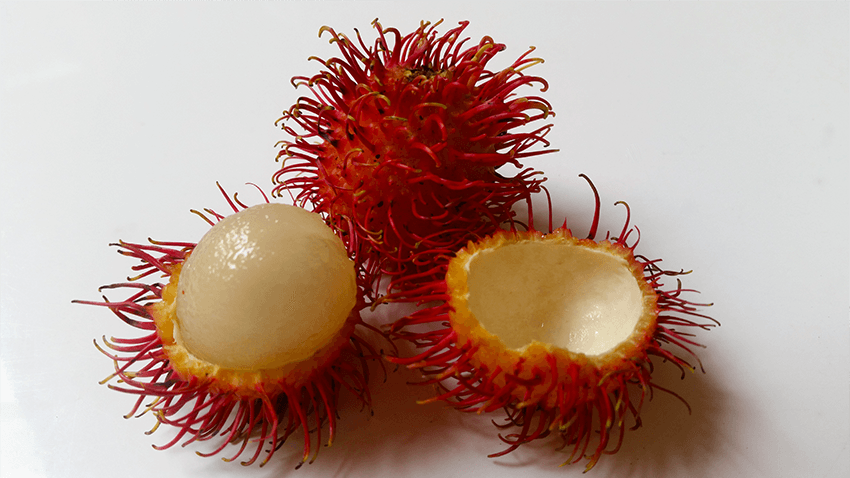Indo-China Agriculture RAMBUTANS
We produce a Thai rambutan (Nephelium lappaceum) cultivar called “Long Lien.”
Our Rambutans
Rambutan (Nephelium lappaceum): We have invested in growing rambutan trees from a special Thai cultivar despite the long duration of fruiting because of the suitability of rambutan for our climate and soil.
We feel that rambutan has an incredibly bright future as an exotic fresh fruit (drupe) crop in our area due to the explosive growth in the population of Sihanoukville due to aggressive commercial Special Economic Zone expansion as well as ever-increasing Chinese tourism growth.
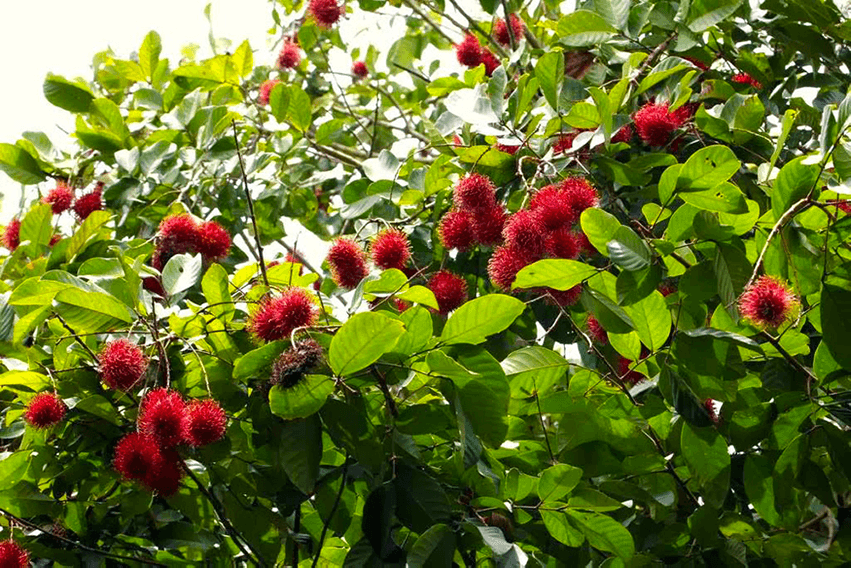
2 Crops
Grow Per Year
5000 - 6000
Fruit per tree per season
15 - 25m
Growth in height
"Hair"
is the translation of the Indonesian word Rambutambut
